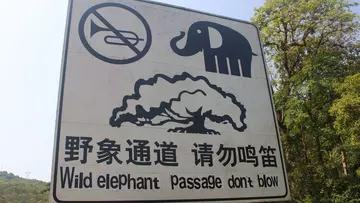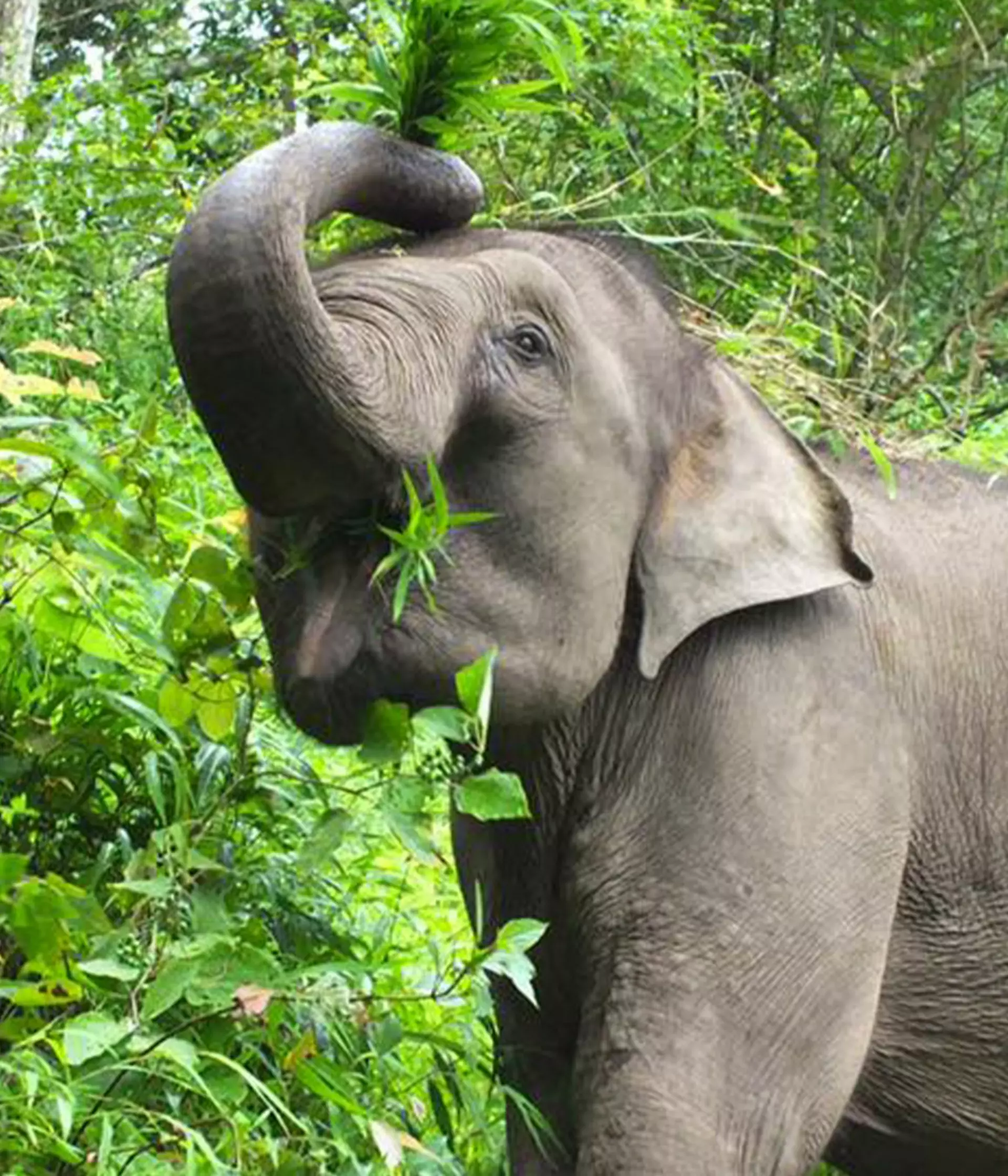
Asian elephants in China
A herd of elephants captured the world’s attention, as they trekked 500 kilometres across China’s Yunnan province on an unprecedented journey - baffling onlookers along the way.
They now arrive at the capital city Kunming with a human population of 8.5 million people. ZSL conservationist Becky Shu Chen explores why…
Asian elephants live in the protected lowland and forest areas of China - they don't usually disperse as such, but do traditionally have huge home ranges that they move around in, in search of food and dependent on the seasons.
Asian elephant habitat loss
An increase in deforestation dating back to the 1960s, to make way for agricultural land and mainly rubber plantations for example, has meant that their natural range has become both reduced and fragmented. Elephants were living inside strictly protected but isolated “island – liking” nature reserves that time. They were shy and people hardly saw them. However, we've seen elephants expanding their range since 1990s, as their populations doubled from 140 in 1970s to 293 today (although still less than 1% of the global wild population). This has meant that in order for them to continue roaming their natural range and search for more food for the growing herd, they now find themselves moving through agricultural areas, populated by people.
New research on elephant welfare

Elephant-human conflict in China
Asian elephants have in fact adapted to these increasingly human landscapes as they search for food: you could say that the increase in agricultural land and plantations in their territory is, for elephants, like finding a big sweetshop, right on their doorstep - where they know they can find huge amounts of easy to access, nutrient dense food in condensed areas. They now prefer forest matrixes with multiple land-uses to strictly protected, intact forest area. They have also lost fear to people and become highly dependent on crops. But this movement to the far north does seem to be an unusually big expansion and it will need further investigation.
In the meantime, we advise people new to these incredible animals to give them space and not approach them - they are wild animals and can be dangerous, particularly when they have youngsters with them. We also advise that more resources and attention should be allocated to the communities living side by side with these elephants, in order to coordinate effective and safe long-term coexistence approaches.
Transboundary elephant conservation

Elephant conservation in China
With only a few hundred wild Asian elephants living in China (less than 1% of the world’s wild Asian elephant population), we have been engaged widely with key stakeholders in China to identify immediate conservation and scientific research priorities for the remaining populations.
We also work closely with the IUCN SSC Asian Elephant Specialist Group to facilitate transboundary conservation dialogues between China and its neighbouring countries – to collaboratively explore ways to support human-elephant coexistence as populations grow and urbanisation increases.
To protect the elephants’ connection with their habitats from the threats that the increased amount of linear infrastructure (i.e. roads, railways, and canals) poses, we are part of the CCSG Transport Working Group developing the global Technical Report titled “Maximizing ecological connectivity in the development of roads, railways, and canals”.
We have also founded China‘s popular urban conservation and science talk events “We Care” in Yunnan Province, to inspire, inform and empower people from different backgrounds to advocate for conservation.
It’s vital that we continue to work with communities and governments to develop co-existence strategies so that humans and wildlife can live side by side.
We collaborate with communities big and small, on the ground and around the world, to work with our living world and help people and wildlife live better together
